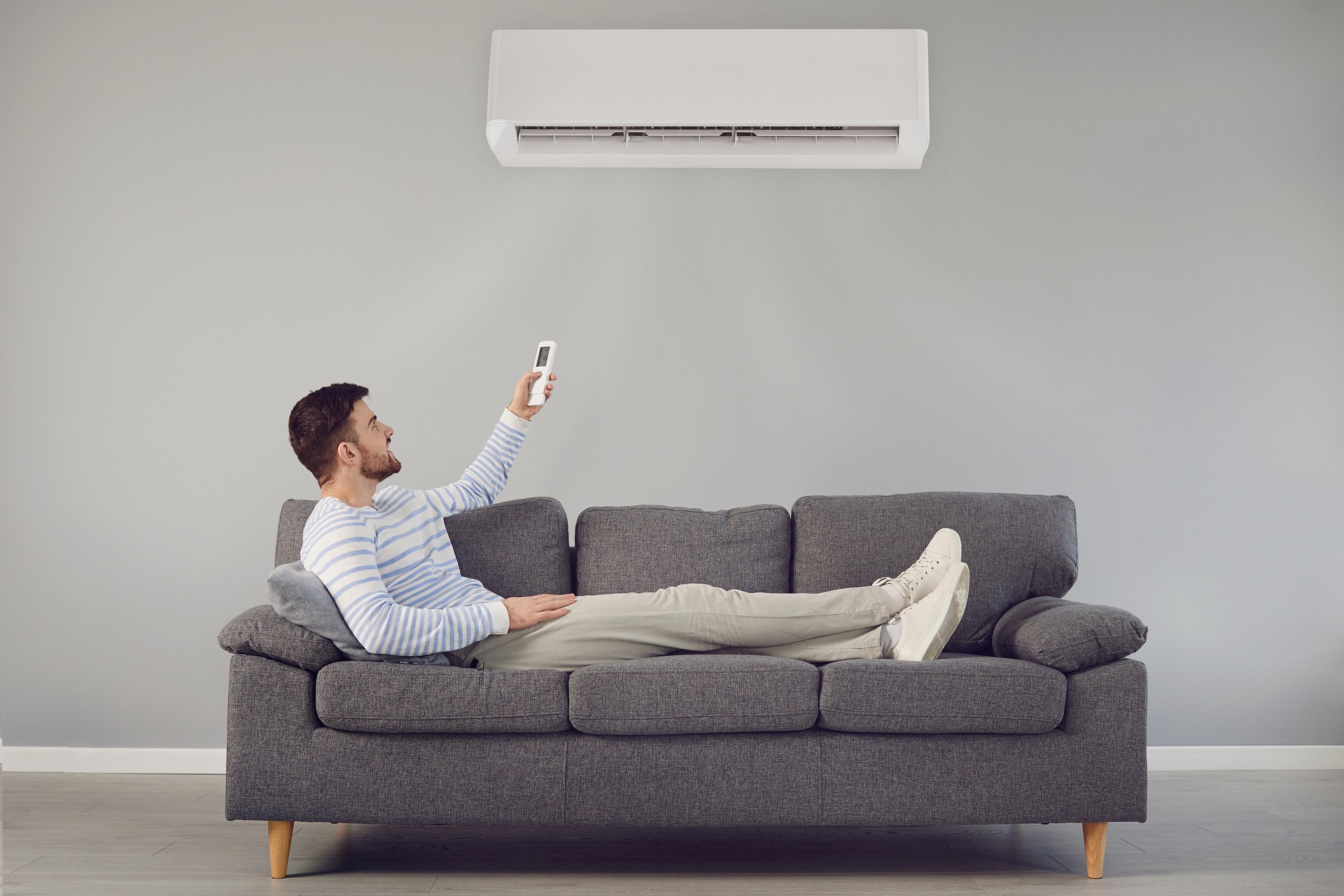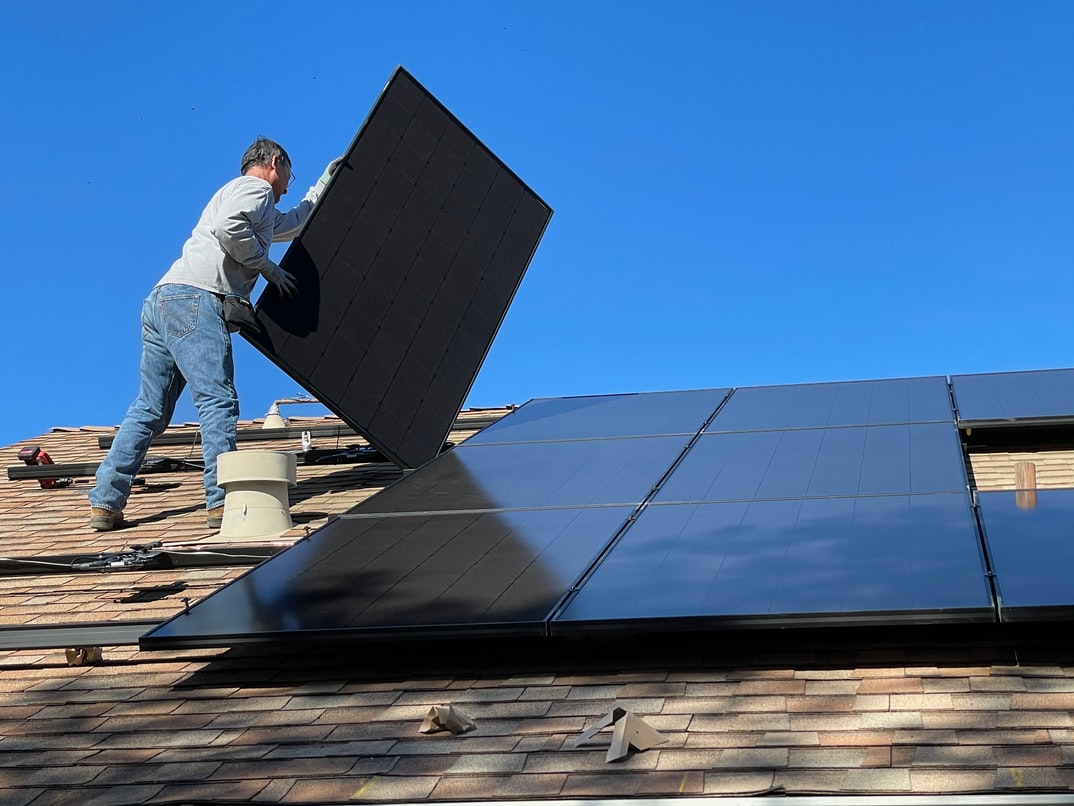
Tiny houses are popping up all over the nation! Most tiny houses are only about 500 square feet, making them ideal for individuals and families looking to live an extraordinarily minimalistic and cost-efficient lifestyle. Some tiny houses are only 120 square feet, so the owner can tote their tiny home around without worrying about a building permit.
Some owners prefer to build stationary tiny homes, while others enjoy moving their tiny homes to different locations. Whatever your situation, keep in mind that you will need to control the internal temperature of your home so that you can live comfortably in whatever climate you’re in.
Traditional heating or cooling methods can quickly make a smaller space too hot or too cool. However, there are alternative methods that might better meet your needs. Any time you consider an alternative method, keep in mind your location, budget, and the size of your home.
Compact Air Conditioner
Compact air conditioners for homes are available as window and wall units. Compact units are great because they can easily fit in your space, are cost-efficient, and will still cool down smaller spaces.
Window units are easy to install, but you may find some limits to the area that they’ll cool. For example, if you have a loft area in your tiny home, you may need two separate window units to help keep your home cool enough.
Wall-mounted units allow you to place the unit wherever you want in your home, but installation can be expensive. However, with a wall-mounted unit, you don’t have to worry about units sticking out of your windows.
Ensuring the compact air conditioner is appropriately sized for the space it needs to cool is crucial. It’s also crucial to properly seal any gaps around the unit to help maintain indoor temperatures and reduce the workload on the appliance. Moreover, installing a programmable thermostat allows you to adjust the temperature, reducing energy consumption when the space is unused.
Homeowners can save money from AC repair by ensuring their compact air conditioners are installed correctly. Hiring a qualified HVAC technician to install your compact air conditioner ensures it is set up correctly. Proper installation can prevent issues caused by incorrect sizing, electrical problems, or faulty connections.
Oscillating fans
Fans are a great alternative if you don’t require a complete unit. Fans have different settings, allowing you to cool or circulate the air. They can also be moved around to different locations throughout your tiny home. So if you have multiple sleeping spaces and everyone prefers a different temperature, having a fan in one space is easy, but not in another.
Sometimes, the air outside is enough to help cool down your house. Opening your windows and setting your fans to circulate is a great way to get a natural breeze blowing through your space!
Roof vent fans
Depending on your location, you might not need an air conditioner to help keep your space cool! Roof vent fans allow for natural ventilation. They help draw hot air out, allowing your home’s internal temperature to remain comfortable. These fans are more commonly found in RVs but can also be installed in tiny homes. You should either incorporate the fans into your home when you construct it or have a professional install them for you. If not installed properly, roof vent fans will leak when it rains.
Space Heaters
Space heaters are a good alternative when you don’t need a larger unit. While you don’t want to keep them running all the time, these are cost-efficient ways to eliminate a chill out of only one or two rooms. Space heaters come in several different sizes, so it is possible to get smaller units that can be moved throughout the tiny home.
Some individuals worry about space heaters and the possibility of getting knocked over. If you’re worried about the possibility of your heater tipping over, opt to get one with a weighted base and an auto shut-off feature.
Another concern with space heaters is that they dry out your air, which can lead to health concerns such as respiratory infections. If you use a space heater, you’ll also want to pick up a humidifier to help add moisture to the air.
Electric Fireplace
Try an electric fireplace if you’re looking for a decorative piece that will also keep your tiny home cosy. These electric heaters distribute heat directly in the room without the need for a chimney or vent. And since there are no actual flames involved, they are entirely safe.
There are a variety of sizes available, so you’ll be able to find something that fits your space. Some people even insert them into existing furniture pieces. For example, a small electric fireplace could be incorporated if you opt for a built-in entertainment centre within your tiny home.
Electric fireplaces aren’t designed to heat large houses but are perfect for tiny houses. Most electric fireplaces can comfortably heat up to 1000 square feet.
Wood-Burning Stove
If you’re living off the grid without electricity, you won’t be able to use space heaters or an electric fireplace. This is why tiny house owners resort to installing a wood-burning stove.
Some wood-burning stoves are specifically designed for small spaces. If you choose a stove, you must consult a professional to avoid any potential dangers. You’ll need proper ventilation to ensure the smoke doesn’t stay in your home.
Mini-split system
A mini-split system could be the answer for homeowners looking for heating and cooling. These are a smaller version of a traditional HVAC unit that doesn’t require ductwork, making them ideal for tiny homes.
While a split system can be pricey, it is a good investment if you plan on living in your tiny home for years. A benefit of split systems over some of the other methods mentioned here is that you can control the exact temperature. They’re completely safe and will keep your space at a comfortable level.
Final thoughts
Not every heating or cooling option is right for every tiny home. When deciding what to choose, think carefully about your location and how you want your system to function. For example, if you live in an extremely cold area, you might not want to risk relying on space heaters. While budget might also be the determining factor for some families, you want to choose an option that allows you to live comfortably.




 POSTED BY
POSTED BY 

